Our progress in medicine did not develop under a vacuum. Cures and treatments were not established merely as a result of the genius of scholars and healers but they were embedded also in the circumstances of the natural world. Climate, landscapes and presence of water did not just shape the economic foundations of primordial civilizations, but they provided our ancestors with an astonishing variety of plants.

This does not just mean more food, plants are the natural factories of several chemical compounds with a wide range of biological effects. Over time, with trial and error, we learned to use some plants for medical purposes and you may not know it but a significant amount of drugs even today are made using directly plant extracts. In the age of plenty we are a bit spoiled, drugs are conveniently dispensed in form of colored pills and at a time where 3D-printing custom pills for patients is almost a reality, the concept that a while ago plants were the main source of medicine seems an alien idea. Yet, it was just 70 years ago, most of your grandparents may still remember this. Especially during wars, where medicine were scarce, it was common the practice of using plants to treat patients.
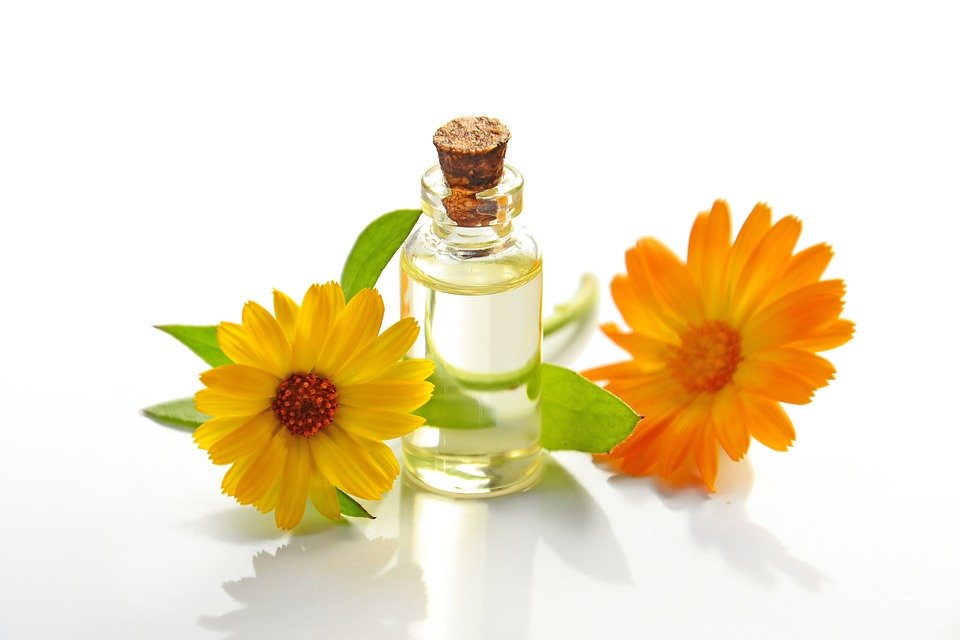
Even in 1993, during the Bosnian war, in a country that today we consider modern, hospitals in Sarajevo ran out of medicines and the doctors were in a grim situation, they had to treat injured soldiers and civilians in agonizing pain. With no painkillers at hand, they decided to use Valerian (Valeriana officinalis) as a painkiller and anesthetic. Unfortunately for the patients, Valerian is decidelly inadequate as anesthetic, so by administrating Valerian to their patients, the doctors were doing little to reduce their pain, but were just making them feel sleepy.

However, Valerian has several interesting properties and in this post I will try to summarize some of them. But first a quick disclaimer: this a blog post and not a doctor prescribing you a cure, as for anything you read online you should take it with a grain of salt and consult your doctor if you have any question, this is just for educational purposes.
Let’s start from its name, in Latin it was Valeriana officinalis, the word valere in Latin means to be healthy. This should be spoiler to what I am about to say.
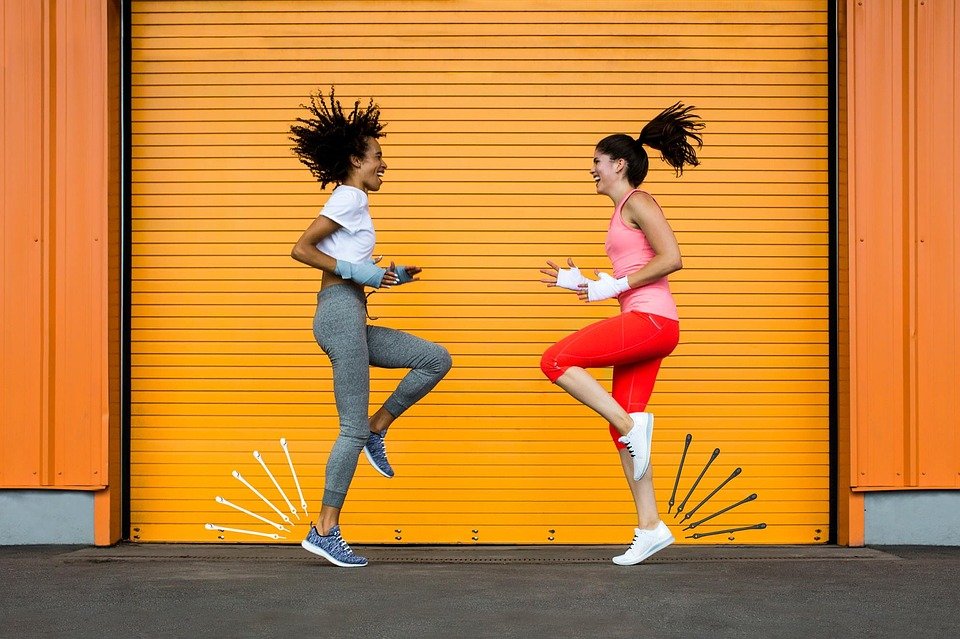
Valerian officinalis is a though plant that can grow in several climates and can be found a bit everywhere in Europe. The active ingredients can be found in the oils, usually extracted from the roots. The main chemicals in the oils are:
- Bornyl acetate
- Valerenic acid
- Acetoxyvalerenic acid
- Valerenal
All these compounds are collectively called valepotriates. The first mistake people make is to assume that all valerian plants will have the same biological effects. Instead, especially the concentrations of bornyl acetate can vary from 1 to 33% depending on the plant type and climate of growth.

Usually the oils from Valerian officinalis contain all the compounds of the valepotriates groups, which are responsible for the sedative effects of valerian. However, it’s common for commercial products to be made from Valerian edulius, that generally don’t contain all the valepotriates and are thus less effective (this means they rip you off).
Valerian was used since the Middle ages as a sedative and in the 1800s was a popular tranquilizer and a remedy for sleeping disorders. Unfortunately for the injured soldiers during the first world war, it was also used as anesthetic, I guess they did not have many other options at the time.
So how does Valerian work?
The valeric acid contained in the oil extracts from the roots inhibits the enzymes that break down the neurotransmitter gamma-aminobutyric acid (GABA). Thus, they prolong the half-life of GABA. (Cavadas et al. 1995).
And what’s the role of GABA?
GABA decreases the neuronal excitability, thus having a sedative, hypnotic, muscle relaxant and anxiolytic effect.

So…what are the uses for Valerian root extracts?
Generally, it can be used to relief symptoms of menstrual cramps, and to hasten sleep or simply as a tranquilizer and to relieve stress and anxiety (Cott 1995). Some people use it even in baths (100g of root mixed with 2L of hot water and added to the bath). However, this should be avoided during pregnancies.
Obliviously, because of their sedative effects, Valerian oil extracts will also add to the effects of barbiturates, benzodiazepines and other herbs with sedative effects such as catnip, hops, kava, passion flower and skullcap.
If Valerian can be used as a sedative why I haven't heard more about it?
Because since the 1950s with the introduction of synthetic tranquilizers such as barbiturates and few years later of benzodiazepines, the good old Valerian suddenly was just not so cool anymore.
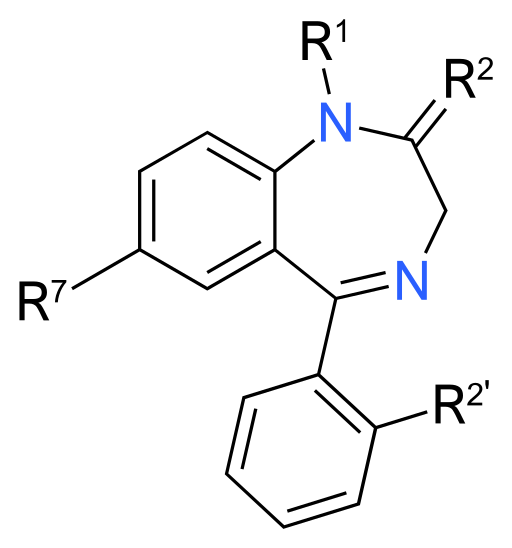
What does the science say about Valerian?
Well, there are not that many studies, but they did a study where 128 volunteers with insomnia took 400 mg of an extract of valerian root or a placebo just 30 minutes before going to bed. All patients that took the extract, especially the women under the age of 40, managed to fall asleep faster and they woke fewer times during the night. Other studies also managed to replicate these results (Kammerer 1993; Leuschner, Müller, and Rudmann 1993; Lindahl and Lindwall 1989; Wagner, Wagner, and Hening 1998).
Concerns:
There aren't many toxicity concerns about valerian use. People should be careful in not taking valerian if they are already taking sedatives and pregnant women should avoid using valerian too. However, the United States Pharmacopeia generally recommends not to use any botanical product for more than 2 weeks consecutively, it's a good rule to stick to even if plants are considered safe. I read that valerian extract over time will get a nasty smell but that doesn't mean that the oil has gone bad and it should be safe to use, just store it somewhere where you can stay away from its "aroma".
Final suggestions
As I mentioned in the post, the active compounds of Valerian can be found in the oils extracted from the roots. If you plan on making teas using Valerian leaves do not expect much of an effect unless you are counting on the placebo effect, why?
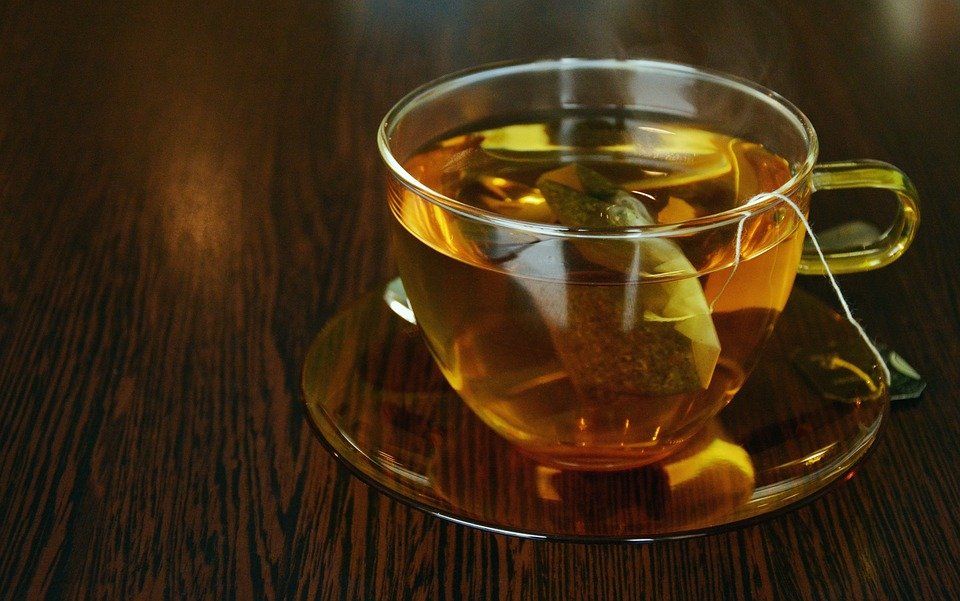
First of all, if the active compounds are in the oils, those do not mix with water thus the oils won’t dissolve in your teas, second, the oils with the valepotriates are in the roots, I’m not sure you will get anything from the leaves. If you just enjoy the teas for their taste then it’s another pair of hands.
If you take Valerian and then you decide to go out for a quick drive you could get into trouble, in fact if you are stopped by the police they could legally charge you for driving under the influence (DUI) even if you stayed away from alcohol. Afterall, after taking Valerian you will likely have more GABA neurotrasmitters in your brain and in some people that could make them feel “high” or sleepy. Definitely driving after taking valerian may not be the best idea. Valerian should be taken just before going to bed.
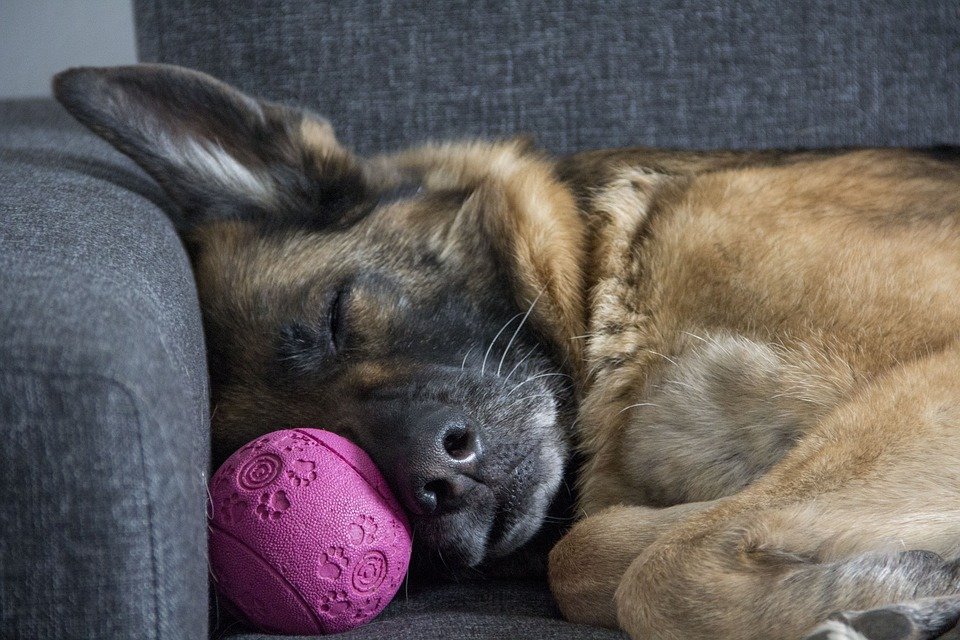
References
- Cavadas, C et al. 1995. “In Vitro Study on the Interaction of Valeriana Officinalis L. Extracts and Their Amino Acids on GABAA Receptor in Rat Brain.” Arzneimittel-Forschung 45(7): 753–55. http://www.ncbi.nlm.nih.gov/pubmed/8573216.
- Cott, J. 1995. “NCDEU Update. Natural Product Formulations Available in Europe for Psychotropic Indications.” Psychopharmacology bulletin 31(4): 745–51. http://www.ncbi.nlm.nih.gov/pubmed/8851648.
- Kammerer, E. 1993. “[Phytogenic Sedatives-Hypnotics--Does a Combination of Valerian and Hops Have a Value in the Modern Drug Repertoire?].” Zeitschrift fur arztliche Fortbildung 87(5): 401–6. http://www.ncbi.nlm.nih.gov/pubmed/8322467.
- Leuschner, J, J Müller, and M Rudmann. 1993. “Characterisation of the Central Nervous Depressant Activity of a Commercially Available Valerian Root Extract.” Arzneimittel-Forschung 43(6): 638–41. http://www.ncbi.nlm.nih.gov/pubmed/8352816.
- Lindahl, O, and L Lindwall. 1989. “Double Blind Study of a Valerian Preparation.” Pharmacology, biochemistry, and behavior 32(4): 1065–66. http://www.ncbi.nlm.nih.gov/pubmed/2678162.
- Wagner, J, M L Wagner, and W A Hening. 1998. “Beyond Benzodiazepines: Alternative Pharmacologic Agents for the Treatment of Insomnia.” The Annals of pharmacotherapy 32(6): 680–91. http://www.ncbi.nlm.nih.gov/pubmed/9640488.
- Book 1: https://books.google.com/books/about/The_Modern_Herbal_Dispensatory.html?id=NY2xCwAAQBAJ
- Book 2: https://goo.gl/4o5VKr
- Book 3: https://goo.gl/z3EyTV
- Book 4: https://goo.gl/C67MyH
I'm a member of ITASTEM, a science community that writes in italian and that is supported by @steemstem.
You can check out our posts by searching for the tags:

Logo created by @marielladeg
